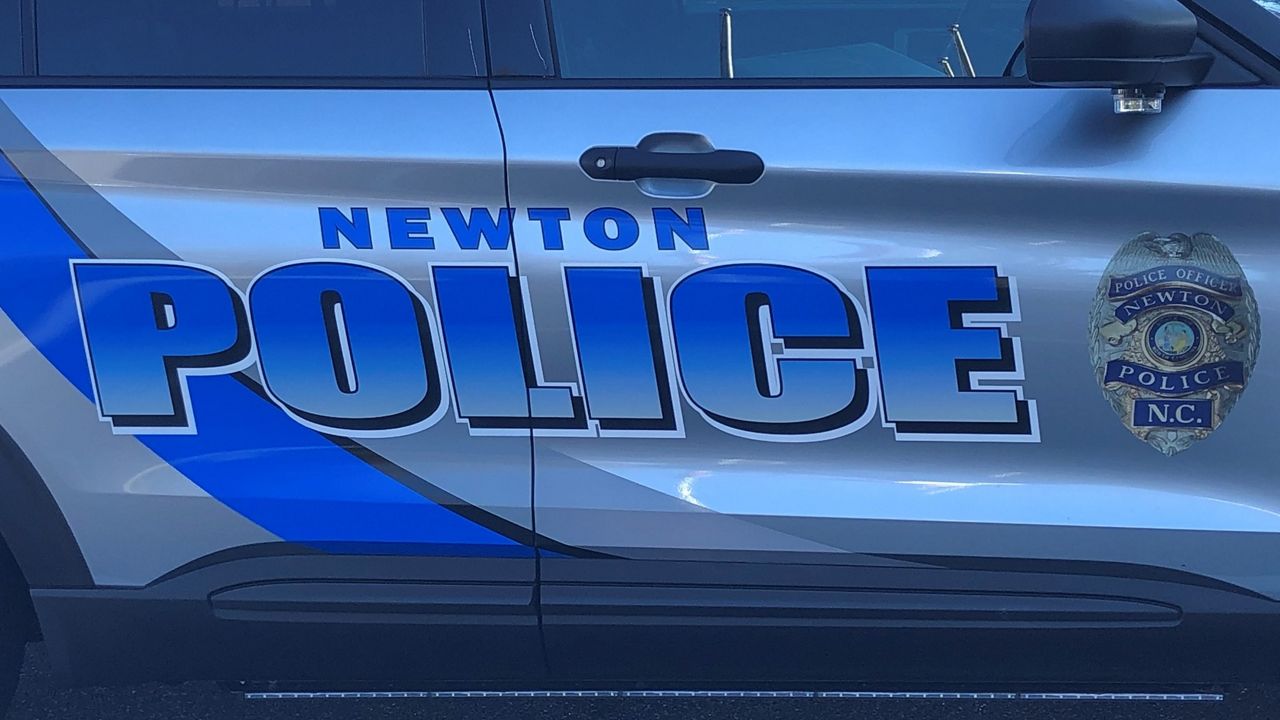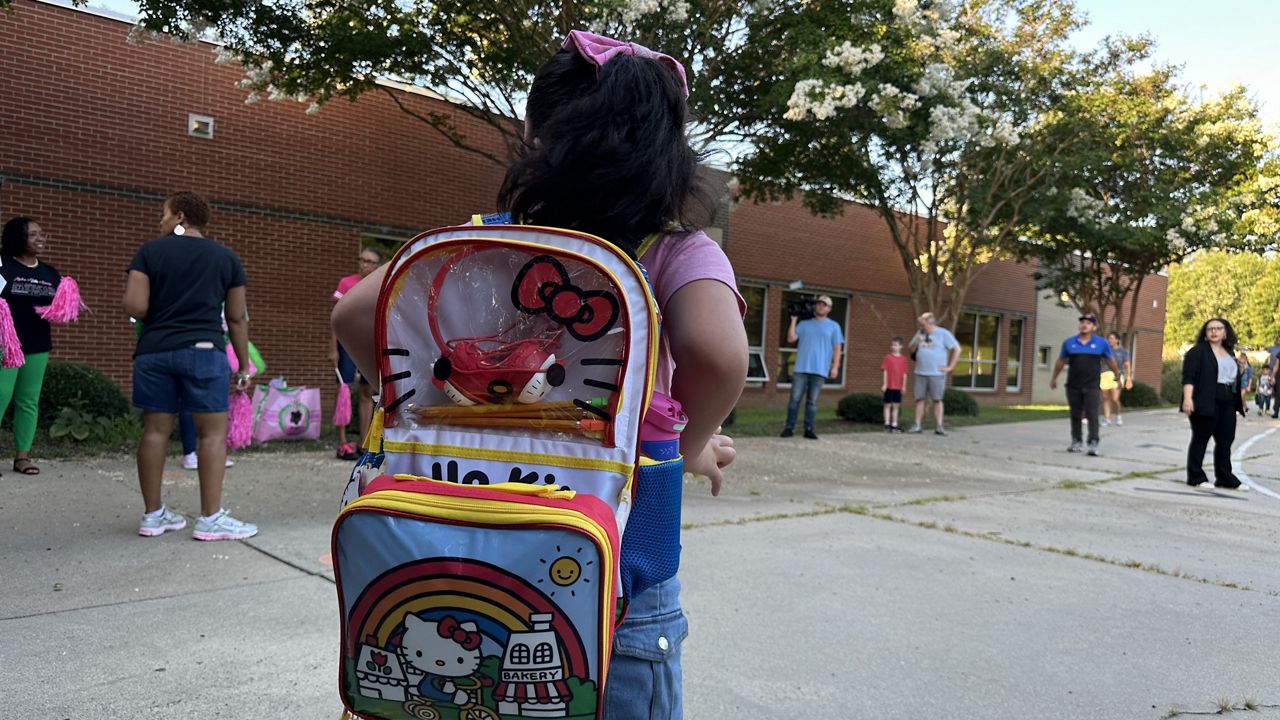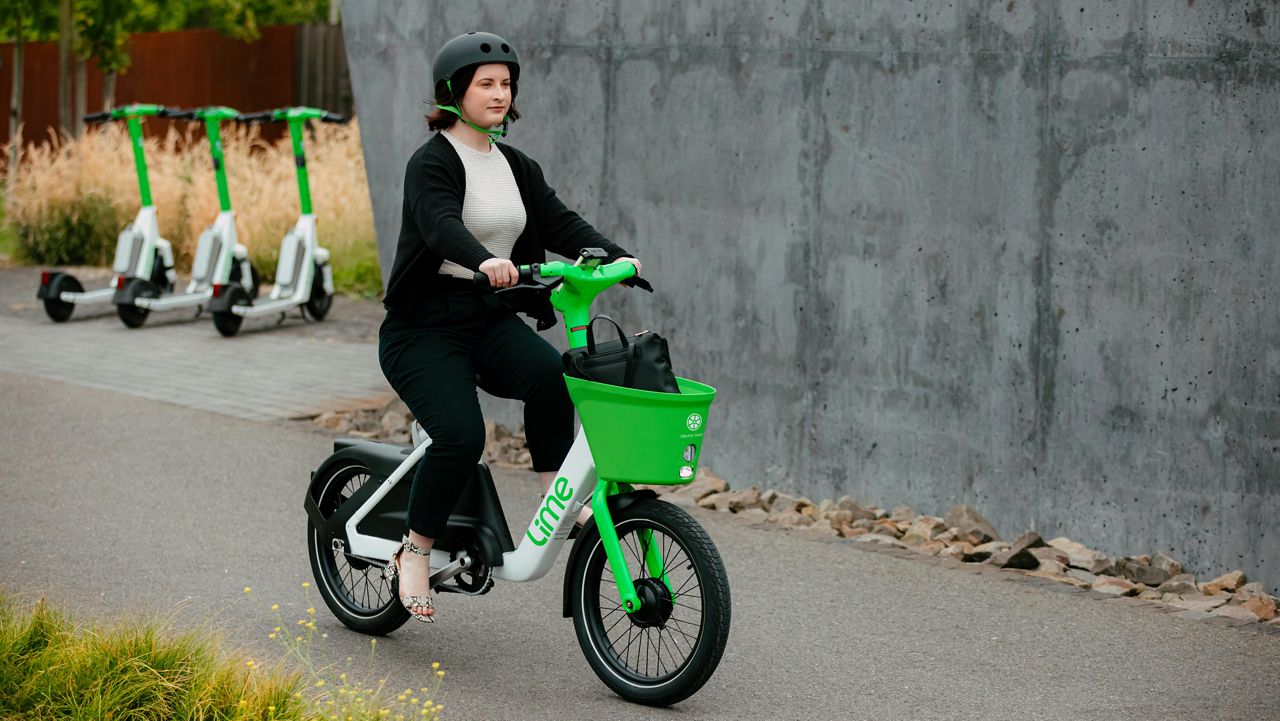RALEIGH, N.C. -- NCPIRG has released its annual 'Trouble in Toyland' guide highlighting potentially hazardous toys ahead of the holiday season.
"For the last 33 years, our annual Trouble in Toyland report has helped to expose threats such as high levels of lead, choking hazards, data security issues with smart toys, and more," said NCPIRG's Gabriel Fields during a press conference on Thursday.
Doctors at WakeMed Children's Hospital confirm the holiday season isn't always the most wonderful time of the year.
"Folks tend to associate the colder weather months with illnesses, colds, flus, and gastroenteritis, things like that," Dr. Kathy Chilton said. "It is actually very common that we see injuries associated with toys."
To see the full guide, click here.
Below is a statement from The Toy Association in response to the Trouble in Toyland Release.
The Toy Association’s Statement Re: U.S. PIRG’s 2019 Trouble in Toyland Release
U.S. PIRG uses the headline “Trouble in Toyland” for its annual report to needlessly frighten parents with baseless claims. What PIRG doesn’t tell you (because it would not grab headlines) is that toys continue to be one of the safest consumer product categories found in the home.
U.S. toy safety requirements include more than 100 standards and tests to ensure that toys are safe. These standards go above and beyond those for other consumer products. There are strict limits for lead and other chemicals in toys, internationally-emulated limits on sound level output, a highly effective small parts regulation that was developed with the help of pediatricians, and strict standards prohibiting the use of magnets in any toy part that is small enough to be swallowed.
Many of the items PIRG speaks of are not available, having been previously recalled (thanks to ongoing regulatory vigilance). The group also mentions several items that are not toys, such as: children’s jewelry and musical instruments, magnets, and balloons. These products are not subject to the same rigorous standards as toys and including them under a “toy” safety headline deliberately misleads parents and undermines the toy industry’s deep and ongoing commitment to safety.
The Toy Association works year-round to educate parents and caregivers to always shop at reputable stores and verified online retailers and to exercise caution when buying toys from flea markets, unverified sellers on online marketplaces, garage sales, etc., as these vendors may not be monitoring for recalled products or might not be selling legitimate toys that comply with strict U.S. laws.
Families are encouraged to always check and follow the age-grading on toy packaging. Toys labeled 3+ may contain small parts that can be a choking hazard for children under three (or kids who still mouth toys). Use a federally-approved Small Parts Tester (available online) to test small objects found around the home – not a toilet paper roll (as PIRG suggests).
Safety is the toy industry’s top priority every day of the year, not just during the holidays. For information on recalls, toy safety, and ways to ensure safe play, families are invited to visit www.PlaySafe.org, The Toy Association’s safety resource for parents and caregivers.










